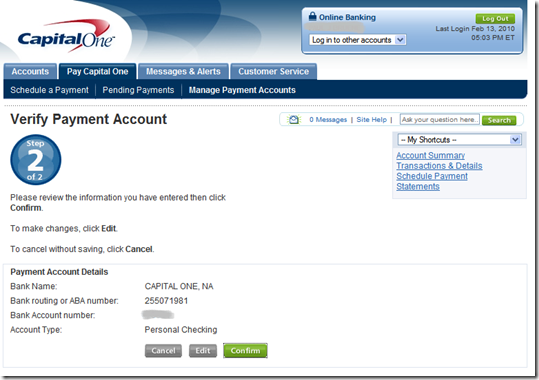 The latest Online Banking Report: The Case for Mobile Banking is now available. It will mail next week to OBR subscribers. It’s also available online here. There’s no charge for current subscribers; others may download it immediately for US$395.
The latest Online Banking Report: The Case for Mobile Banking is now available. It will mail next week to OBR subscribers. It’s also available online here. There’s no charge for current subscribers; others may download it immediately for US$395.
There is little doubt that mobile is the next online, not just in banking, but with many information-rich, time-sensitive services. Even in the online-centric United States, we expect mobile banking to eclipse online by the end of the decade.
Another way to look at it: Starting from essentially zero just three years ago, more than half of the U.S. online banking population will be using mobile banking, by 2015. That’s zero-to-40 million households in just eight years.
Most financial institutions should be making their mobile bets during 2010/2011. The report outlines ten ways that mobile banking supports overall strategic goals at financial institutions. It also includes our ten-year forecast for U.S. mobile adoption (note 1).
This report is number four in a series we’ve published on the mobile area during the past three years:
| Num | Date | Title |
| 177 | Mar. 2010 | The Case for Mobile Banking: Ten strategic reasons for investing in the channel |
| 163/164 | Mar. 2009 | Mobile Banking 2.0 the iPhone Edition: How to build a smartphone app even your CFO will love |
| 140/141 | Apr. 2007 | Mobile Money & Payments: Why credit & debit card issuers should embrace mobile delivery now |
| 138/139 | Feb. 2007 | Mobile Banking: Leveraging the third screen |
Note:
1. The mobile forecast was originally published last month in our year-end recap.


























